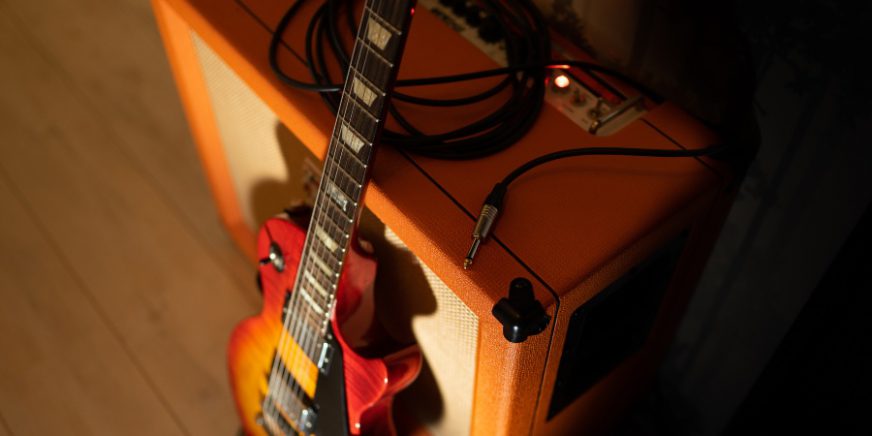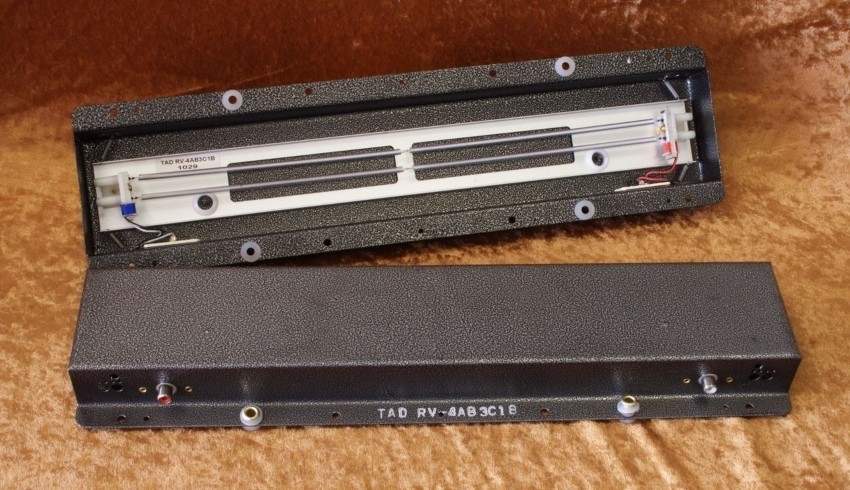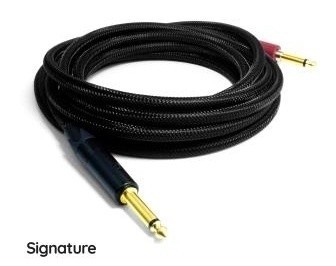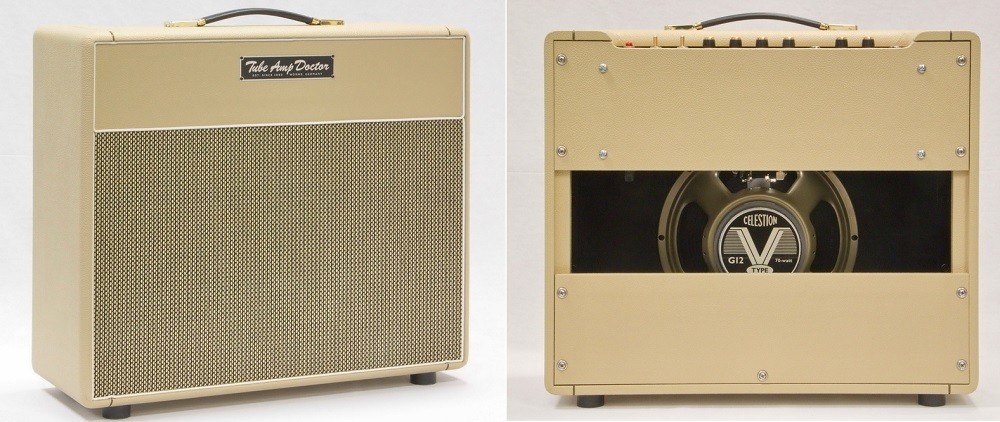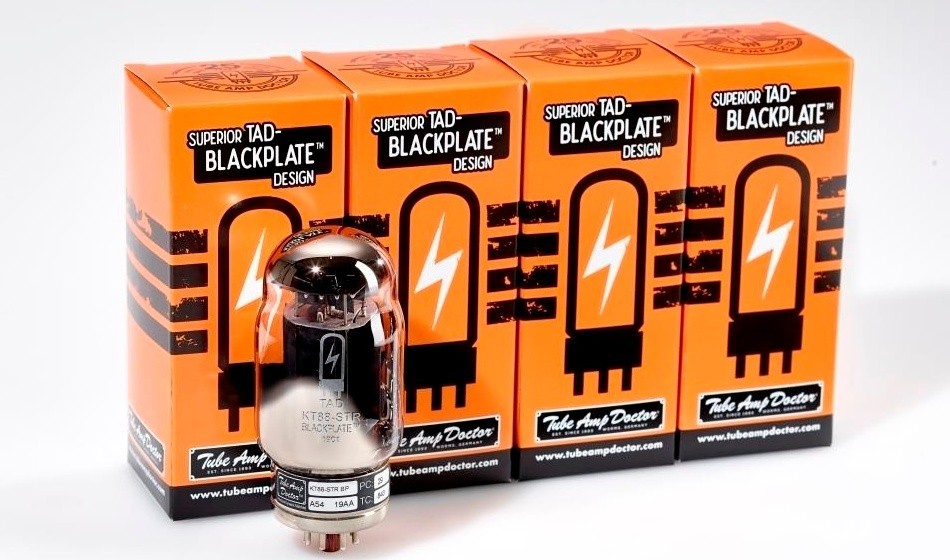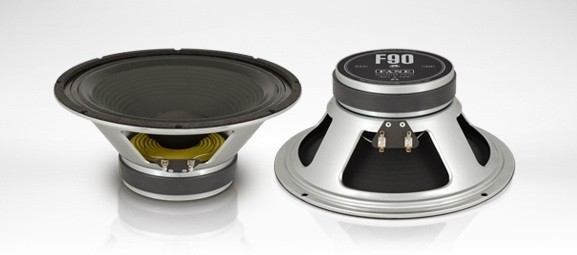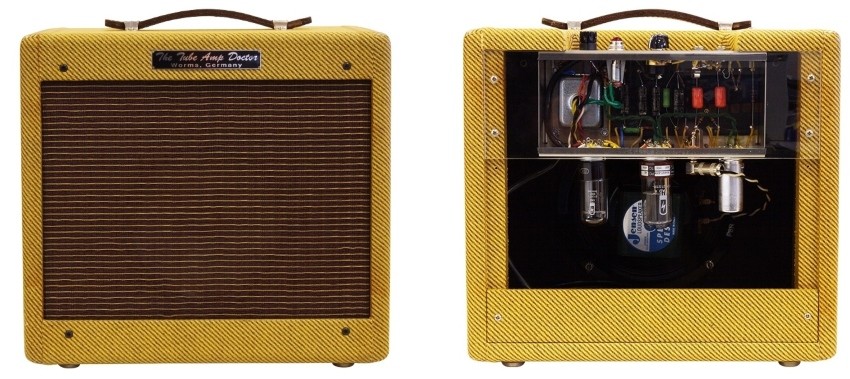« Identify and eliminate the causes of interferences »
We’ve all been there: plugged in the guitar, turned up the amplifier and then…. then there’s this annoying background noise. Half buzzing, half crackling, the amplifier is drawing attention to itself. But where exactly is the problem? Modern guitar setups consist of various parts and each individual component can make disturbing interferences in its own way. So, in today’s advice article, we’ll deal with the causes of disturbing noises and reveal what options you have to fix the disturbing sound. We’ll also tell you about the most common sources of error and reveal how a thorough, coordinated system check works and why it makes sense when amp buzzing occurs.
Help, it’s buzzing – what are disturbing interferences and when do they occur?
In amplifier technology, interference refers to all those noises which occur during the operation of the device and which cannot be explained by the basic functionality. So, a perceived sound isn’t necessarily an interference: all amps have a subtle background noise – no matter what kind of amplification it is. While tube amplifiers are usually more prone to noise, modern digital amps come with a much lower noise level. Of course, because the analogue technology relies on material changes under thermal stress, physical contacts and moving parts (e.g. reverb spirals) to work, the fact that amp buzzing is almost part of its normal functioning. So an interference is any noise which goes beyond the background noise of the amp (which can usually only be perceived if there’s no input signal). Whether it’s buzzing or sounding different – it ranges from humming and buzzing to crackling to scratching and shrill feedback.
All these interferences can point to defective or outdated amplifier components. In the following part we reveal which noises can be caused by defective tubes, broken potentiometers or corroded contacts and explain why your guitar amplifier is buzzing.
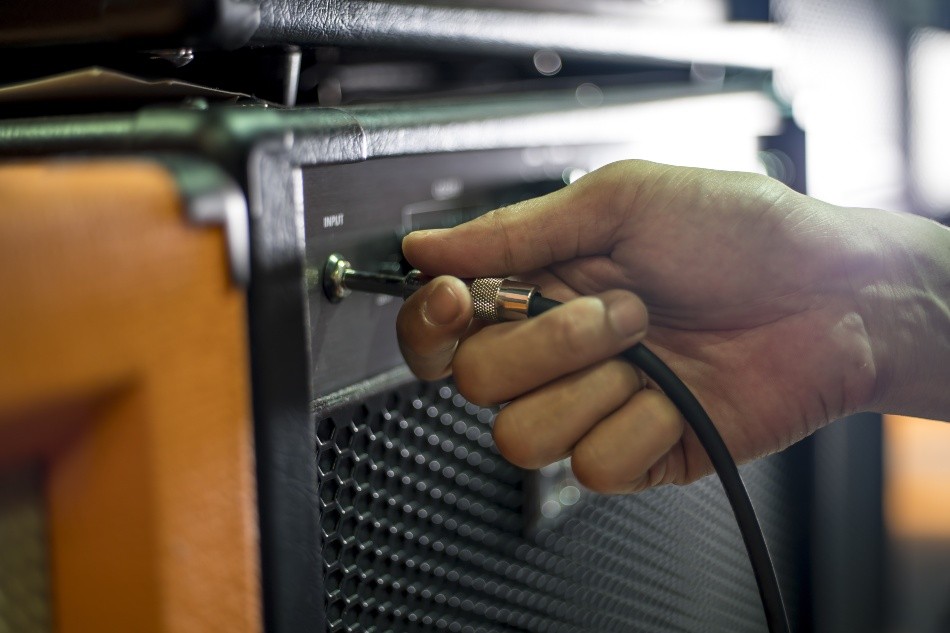
It’s buzzing: noise and its origin – from humming, buzzing, cracking and rustling
As difficult as it is to describe the disturbing sounds, certain terms have become established in the specialist literature and among musicians. However, it must be noted that all these descriptions are not standardised. What sounds like a guitar amplifier or loudspeaker to some is a hum to others.

Nevertheless, the sounds described are a good starting point to look for the culprit. Before we move on to the individual descriptions, we should give one more note: in our article we mainly deal with tube amplifiers! So, if your transistor guitar amplifier is buzzing, obviously there’s no point looking for defective tubes…
Amp is buzzing
The classic among disturbing noises is a buzzing tube amplifier. It happens again and again and unfortunately there are several possible causes. The good news: unlike many other disturbing noises, a buzzing sound can usually be located and turned off very easily – so if a tube amp is buzzing, it’s not so bad.
The causes of a disturbing noise can be at almost all stations on the signal path. From a missing or incorrect string grounding in the electric guitar, to defective instrument cables up to ageing electron tubes, poor grounding in the device or defective speaker cables, the possibilities are almost unlimited.
If the problem site is located in the amp (see also our test guide below, again the problem has several possible causes. But most often, a noise like this is due to the power supply of the amp. If you want to try and fix it yourself, you should be better versed in the technical basics of the amplifier. Otherwise, you should go to a specialist!
Crackling
Tube amps are known and loved for their natural sound. Unfortunately, as well as its musical melodiousness, this technology also makes itself felt with very characteristic disturbing noises. If the amp suddenly starts crackling, the electron tubes themselves may be to blame for this. All electron tubes have a maximum age – the loads during operation are simply too extreme in the long run. Heat and current intensity, mechanical stress and material fatigue are the culprits which play havoc with a tube over the course of its life. If a tube is too old, it will start to draw attention to itself with crackling sounds. If the tube is the culprit, then the interference will also occur during passive operation. bif it’s only crackling on a certain setting, then the fault is somewhere else!
Strong feedback
Often referred to as microphony, some tube amplifiers tend to have strong feedback as the tube ages. Here the electron tubes are overaged and causing the amp to overdrive. The unpleasant feedback will always happen when the playing is stopped and also cannot be fixed by turning down the volume potentiometers. If this kind of problem occurs, you’ll need to identify and replace the defective tube. The so-called tap test is particularly suitable for this: using a blunt wooden stick (e.g. pencil), gently (!) tap against the active tubes. While tubes that are working correctly will give off a dull “klonk”, the tap test on defective tubes will give you a top-class feedback concert. Make sure to turn down the speaker! When replacing the electron tubes, be sure to pay attention to the correct designation and type.
Crackling – Part 2
If the crackling described only occurs when a potentiometer is being operated, that means the grinding path of the potentiometer is worn out. The contact surfaces are no longer running smoothly over each other and must either be cleaned (Warning: It’s vital you use a suitable contact medium and don’t drown the amp in oil!) or replaced. Depending on the position of the potentiometer, this can be a more complex undertaking, which can only be recommended to professionals or ambitious DIY guitarists.
Troubleshooting – systematically preparing for interference
Crackling away like nobody’s business – but what’s the reason for that now? In order to find out which part in the signal chain is causing the problem and why the tube amp is buzzing, a systematic search is recommended. We’ll teach you the “Roadie error check”:
Step 0: Preparation
Before we start the search, it’s important to properly document the existing setup: which guitar, which pickup is activated, which cable is being used, which input on the amp, which effect devices there are and so on and so forth… Also, the setup should be kept as simple as possible: guitar, cable, amp, done. Once everything has been carefully noted down, the system has been streamlined and the tube amplifier is still buzzing, that’s when the troubleshooting starts!
Step 1: Instrument
First of all, you’ll need to rule out the guitar as the source of the error. To do this, try it with a different instrument. If the noise is gone, then the problem lies with the guitar!
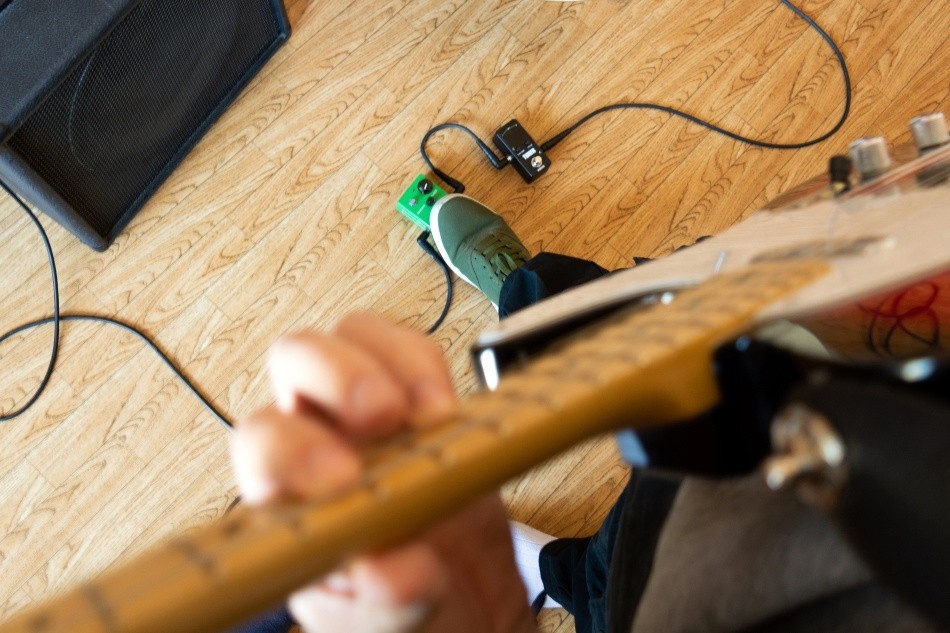
Step 2: Cable
When troubleshooting, all (really, ALL) the cables have to be checked. Swap out the instrument cables, patch cables and speaker cables one by one. The same applies to radio receivers! Found an error? Good! No? Then it’s on to the power!
Step 3: Power supply
The power supply can also cause errors in the system. So the power supply of the amp, the effect devices and the PA (if used) should be checked. In particular, multiple sockets and extension cables often cause scattered noise in live situations. In extreme cases, a defective building supply can also lead to disturbing noises!
Step 4: Speakers
Time and time again, individual speakers are the starting point for disturbing noises. So, as far as possible, all the speakers have to be swapped out one by one. If the sound can also be reproduced via headphones or other speakers and the tube amplifier is still humming, we’re getting closer and closer to the error…
Step 5: Amp
Now it’s time to get down to business: the amp is buzzing and it’s the most likely candidate for the disturbing noise. So now all the possible sources should be tested: are all the plug connections in properly? Are the potentiometers running smooth? Are there any tubes which have externally recognisable defects (e.g. darker tubes, mechanical defects) or react to the aforementioned tap test? If there are no recognisable errors and the amp buzzing continues, the last option is to use a measuring device. If you aren’t familiar with the internal wiring and electronics of a tube amp, you should take it to a specialist right now!
Buzzing amp – conclusion
There are a whole range of typical interferences and many more reasons why the amplifier might be buzzing. A focused search for the source of the sound is the first prerequisite to be able to fix the problem.
If there’s a problem with the amplifier itself, you should proceed with caution. While tubes can be tested and exchanged quite easily, you’ll need a specialist when it comes to the power supply or soldering points. So if it’s still buzzing, the problem could be deeper. For everyone who is confronted with amp buzzing and who feels confident to carry out the repair themselves or who built their amp themselves TAD is by your side with help and advice – we deliver the necessary spare parts in the best quality, if there’s a buzz!
___________________________________________________________________________________________________________________________
Image sources:
Title image: © Elco – stock.adobe.com
Guitar cable being connected to amplifier: © pixs4u – stock.adobe.com
Electric guitar player: © Valeri Vatel – stock.adobe.com
Electric guitar player from above, effects unit, amplifier: © Nikita – stock.adobe.com
 Tubeampdoctor Magazin
Tubeampdoctor Magazin
